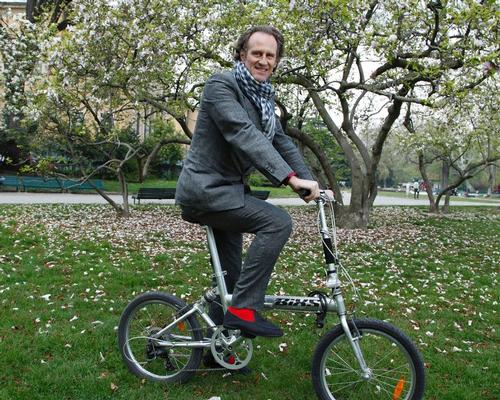06 Jul 2018
Work with nature, not against it, says Matteo Thun
BY Megan Whitby

Italian architect and designer Matteo Thun believes "nature is stronger than architecture" and that designers should embrace botanical architecture in their works.
Speaking in an exclusive interview with CLADglobal, Thun said that a botanical approach to architecture helps to limit disruption to the ecosystem, while also working alongside it.
"I often let nature take over my buildings” he said. “Botanical architecture is about being respectful to nature and leaving it to develop naturally, rather than forcing it to grow where it doesn’t belong."
Thun also revealed that he sees little worth in the vertical forest movement. His reflections on the design method is that it contradicts its purpose of being eco-friendly, as well as being cost-ineffective.
"Trees cannot survive at such heights with high winds," he said. "The running and maintenance costs are so high that it becomes very hard to afford these buildings."
Thun’s deference for botanic architecture is evident, as his work has truly become based on a collaboration with, and showing a mutual respect for, nature. In his project work in the Bavarian spa town of Bad Wiessee, Thun plans to build a private hotel, spa and medical centre that will naturally blend into the landscape as well as featuring pergolas, plants, and functional green roofs. His second Bavarian project – an iodine-sulfur bathing spa and several treatment cabins which will be used for medical and wellness treatments – also promises to exemplify similar botanical architecture traits in the Bavarian spa town.
"The landscape design will integrate the existing flora," he explained. "We will take advantage of the natural presence of water, which will flow through the private patios of the various treatment cabins."
When asked whether his future projects would continue to support botanic architecture Thun’s answer was resoundingly positive.
“Absolutely. It is a cheaper, faster and more sustainable way to do things, and can bring the completion date forward by a year compared to using cement. Simplicity and sustainability should be at the heart of all design."
To read more from Matteo Thun, check out the latest edition of CLAD, available here
.
Close Window